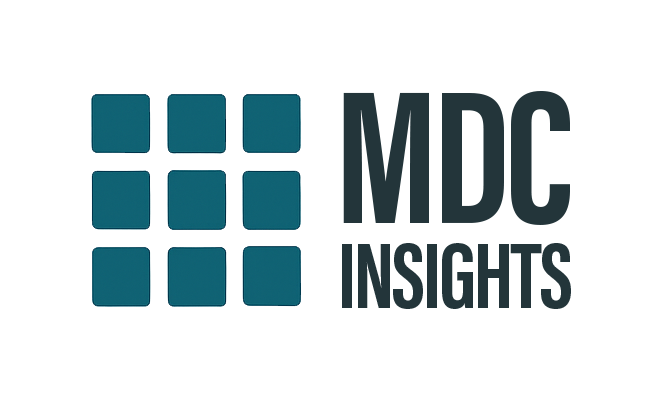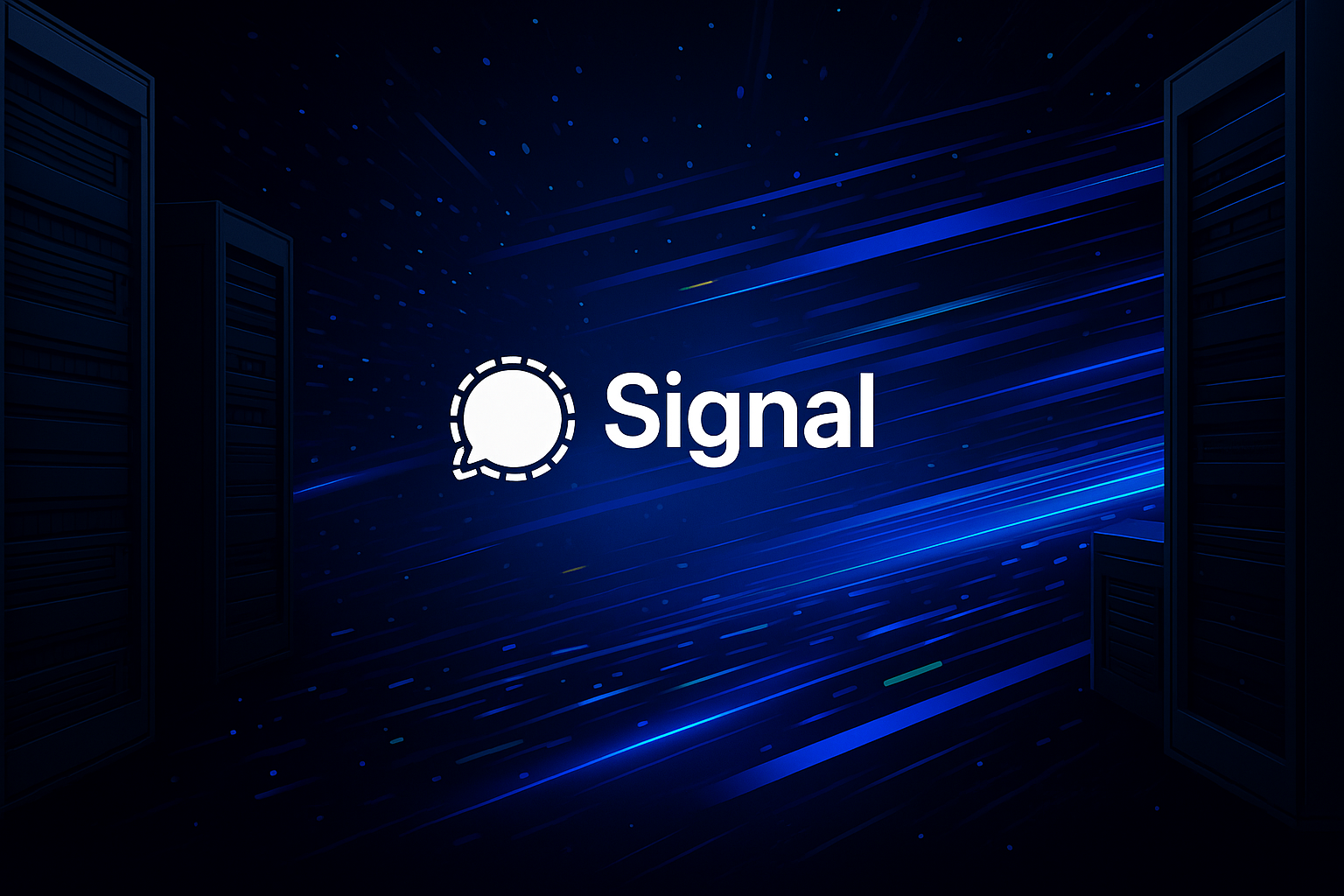One thing I’ve been looking into a lot lately is the impact of quantum computing on the entire technological infrastructure that underpins our daily lives, data centres, cloud platforms, secure messaging, you name it.
It’s one of those topics that sounds futuristic until you realise that it’s already reshaping how security architects, cryptographers, and data-driven businesses think about long-term protection.
And while most major players are still drafting “quantum readiness strategies” or quietly forming task forces to “explore future implications,” Signal just skipped the talking stage and shipped one.
They’ve introduced the Sparse Post-Quantum Ratchet (SPQR), a brand-new cryptographic layer designed to make their protocol quantum-resistant today, not someday.
So What Does That Actually Mean?
Signal’s classic Double Ratchet protocol, the foundation that keeps your messages secure, has now evolved into a Triple Ratchet.
This new setup blends modern encryption with post-quantum Key Encapsulation Mechanisms (ML-KEM), producing what’s called a “hybrid mixed key.” In practice, it means that even if quantum computers capable of breaking classical encryption emerged tomorrow, the system would remain secure.
That’s a huge deal because post-quantum cryptography isn’t just about speed or efficiency. It’s about survivability, ensuring that your data remains private even as computing power becomes exponentially more capable.
Think of it like upgrading your locks before burglars even invent new tools to pick them.
Why This Matters More Than Most People Realise
Quantum computing will eventually break the encryption standards that secure most of the digital world today, from financial transactions to health data to classified communications.
But the real threat isn’t that this will happen suddenly overnight. The bigger risk is something known as “harvest now, decrypt later.”
In simple terms, attackers can already collect and store encrypted data today, then sit on it patiently. Once quantum computing becomes powerful enough, they’ll go back and decrypt everything that was once thought secure. It’s digital time-travel for hackers, and it’s already happening in the background.
That’s why Signal’s SPQR is so important. It neutralises that future risk now, ensuring forward secrecy (past messages stay safe even if future keys are compromised) and post-compromise security (future messages stay safe even after a breach).
In other words, even if someone managed to compromise your device today, your communication chain wouldn’t collapse.
This isn’t theoretical research. It’s a live rollout, happening quietly behind the scenes across Signal’s global network.
No opt-in.
No buzzwords.
Just real engineering.
The Research Behind the Rollout
This isn’t a one-off patch job. It’s the result of serious collaboration between PQShield, New York University, and AIST Japan, along with formal verification through ProVerif, a tool used to mathematically prove the security of cryptographic protocols.
The academic foundations have already been peer-reviewed and presented at USENIX Security and Eurocrypt 2025, two of the most respected conferences in the field.
From an engineering point of view, that’s the difference between claiming “we’ve added post-quantum protection” and actually demonstrating that your system has been tested against formal models and adversarial simulations.
This is how future-ready infrastructure should be built, not through marketing slogans, but through verifiable, auditable cryptography.
The Broader Implications: Privacy as a Pre-Emptive Discipline
What makes this moment significant isn’t just the upgrade itself, but the mindset behind it.
While most of the industry debates what “quantum-safe” even means, Signal has operationalised it at consumer scale. That’s an enormous leap, because it shows that privacy innovation doesn’t need a trillion-dollar budget.
It needs clarity of purpose, an uncompromising technical standard, and the courage to implement before the rest of the world catches up.
In a sense, this is a wake-up call for anyone building or managing digital infrastructure, from modular data centres to cloud security frameworks.
If your architecture assumes that encryption is a permanent solution rather than an evolving defence, you’re already vulnerable.
We’ve treated encryption like a fixed wall for too long. In reality, it’s a living layer, constantly adapting to shifts in computing capability, regulation, and threat models.
What Modular Data Centres Can Learn from Signal
As someone deeply focused on the intersection of data infrastructure and security, I see clear parallels between what Signal has done and what the modular data centre (MDC) industry needs to start thinking about.
We’re building edge-connected, containerised, AI-enabled data environments — yet most operators still rely on legacy encryption models and third-party trust assumptions that were never designed for quantum-era risks.
SPQR’s lesson for MDCs is simple:
- Security should evolve in parallel with infrastructure, not lag behind it.
- Every data layer should be quantum-aware, even if the tech isn’t mainstream yet.
- “Harvest now, decrypt later” is just as much a data centre problem as it is a messaging problem.
Your colocation contracts, remote management tools, and monitoring systems are all potential weak points. If you don’t design with post-quantum cryptography in mind, you’re not building for the next decade — you’re just extending the lifespan of the old one.
The Bigger Message
Privacy innovation doesn’t require trillion-dollar backing.
Real security leadership starts before regulation forces it.
And encryption is no longer static — it’s adaptive, living, and under constant evolution.
Companies that treat quantum computing as a “future risk” will soon be overtaken by those who treat it as a current opportunity.
Signal didn’t just protect messages. They redefined what it means to be future-secure.
And in doing so, they may have just redrawn the timeline for internet security as a whole.
Follow-Up: How Post-Quantum Cryptography Will Redefine Trust in the Next Decade
If SPQR represents the first operational step, the next decade will be about redefining what trust even means in a quantum-ready world.
For decades, trust in digital systems has been built on three pillars:
- Mathematical hardness (encryption algorithms are too computationally expensive to break).
- Regulatory oversight (we trust frameworks like GDPR or NIST standards).
- Brand assurance (we assume major companies won’t fail us).
Quantum computing will shake all three.
Mathematical hardness will be redefined — what’s considered “secure” today will be trivial to break tomorrow.
Regulatory oversight will lag, because legislation always trails innovation.
And brand assurance will erode, as users realise that even the biggest players can be caught unprepared.
This shift creates space for a new kind of trust architecture, one built on transparency, mathematical verification, and post-quantum resilience.
We’ll start seeing organisations advertise “quantum-safe verified” as a trust signal, much like “end-to-end encryption” or “ISO certified” once were. It will become a business differentiator, not just a technical detail.
In the data centre world, quantum-safe protocols could influence:
- How inter-site communication is encrypted.
- How key exchanges and backups are verified.
- How long-term archived data is stored and cycled.
- How clients evaluate vendor trustworthiness.
The convergence of AI workloads, quantum-era security, and modular infrastructure will redefine resilience at the edge. The winners will be those who treat security as an architectural design choice, not an afterthought.
The irony is that the companies with the most data at risk are also the slowest to evolve their encryption models. But the first movers — like Signal — are proving that foresight isn’t just a technical advantage, it’s a strategic moat.
Final Thoughts
Quantum-safe cryptography won’t arrive in a single breakthrough moment. It will seep into systems quietly, through incremental adoption, hybrid models, and gradual replacement of legacy standards.
But make no mistake — this transition has already started.
Signal just gave us a live demonstration of what that looks like.
For the rest of us — especially those building the data backbone of the modern world — the question isn’t “when will we adapt?” but “how long can we afford not to?”
#QuantumComputing #PostQuantum #Encryption #CyberSecurity #DataPrivacy #Signal #MDC #ModularDataCentres #AI #Innovation #EdgeComputing #DigitalInfrastructure
Sources:
- https://signal.org/blog/spqr/
- https://www.bleepingcomputer.com/news/security/signal-adds-new-cryptographic-defense-against-quantum-attacks/
- https://pqshield.com/diving-into-signals-new-pq-protocol/
- https://gbhackers.com/signal-introduces-hybrid-post-quantum-ratchet/
- https://cyberpress.org/signal-implements-hybrid/
- https://aboutsignal.com/news/signal-strengthens-encryption-against-future-quantum-computers/
- https://cyberinsider.com/signal-adds-post-quantum-triple-ratchet-protocol-for-stronger-security/
- https://pqshield.com
- https://cybersecuritynews.com/signal-enhances-security-hybrid-pq-ratchet/
- https://www.abijita.com/signal-introduces-post-quantum-cryptography-with-new-spqr-system/

